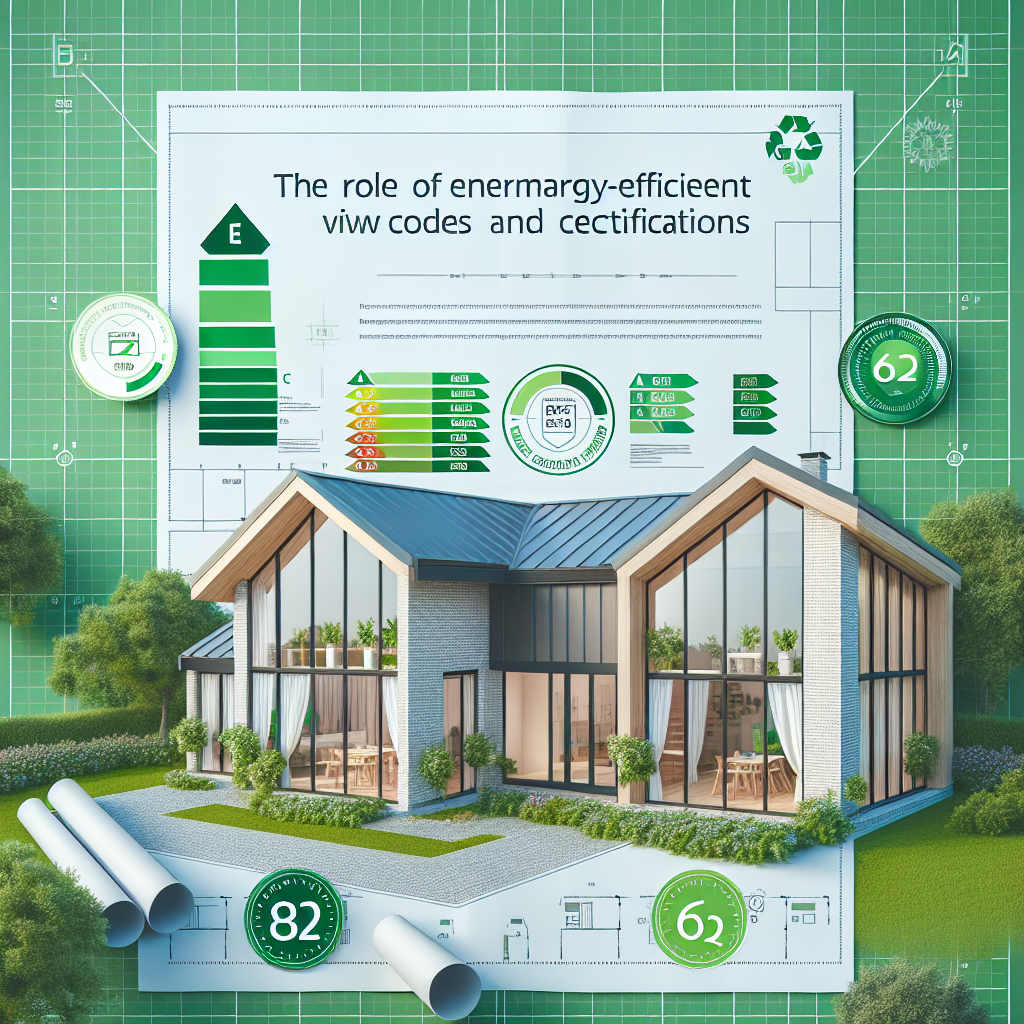As we move towards a more sustainable future, the construction industry is evolving to meet new environmental challenges and standards. One of the key elements making waves in this transformation is energy-efficient windows. In this article, we’ll explore how these windows are revolutionizing building codes and certifications, benefiting both the environment and homeowners.
Understanding Energy-Efficient Windows
Energy-efficient windows are designed to minimize heat transfer, enhance insulation, and reduce energy consumption in homes and commercial buildings. They typically feature multi-pane glass, low-emissivity (Low-E) coatings, and gas fills that work together to maintain comfortable indoor temperatures, lower energy costs, and reduce greenhouse gas emissions.
Types of Energy-Efficient Windows
There are various types of energy-efficient windows, including:
-
Double and Triple Glazing: These windows have two or three panes of glass, which create an insulating barrier that keeps indoor temperatures stable.
-
Low-E Glass: This special coating reflects heat and UV rays, ensuring that indoor spaces remain comfortable year-round.
-
Gas-Filled Windows: Windows filled with argon or krypton gas have better insulation properties compared to air-filled panes, further reducing energy loss.
- Thermal Break Frames: These frames are made from materials that restrict heat flow, enhancing the efficiency of the entire window unit.
The Importance of Sustainable Building Codes
Sustainable building codes are designed to promote energy conservation, reduce waste, and enhance the overall environmental performance of buildings. They establish minimum requirements that aim to alleviate the environmental impact of construction, leading to cleaner air, reduced greenhouse emissions, and energy savings.
How Energy-Efficient Windows Fit into Building Codes
Energy-efficient windows hold a significant place within sustainable building codes for numerous reasons:
-
Energy Compliance: Many building codes now require homes and commercial buildings to meet specific energy performance standards. Installing energy-efficient windows helps builders and homeowners comply with these regulations.
-
Increased Resale Value: Properties that meet sustainability standards can see higher resale values. Energy-efficient windows are an attractive feature for potential buyers who are becoming more environmentally conscious.
- Utility Incentives: Many utility companies offer rebates or incentives for energy-efficient upgrades, including the installation of energy-efficient windows. This aligns homeowners with building codes and promotes energy conservation.
Certifications that Recognize Energy-Efficient Windows
To further encourage the adoption of energy-efficient practices, various green building certifications evaluate and recognize buildings that prioritize sustainability.
LEED Certification
The Leadership in Energy and Environmental Design (LEED) certification program by the U.S. Green Building Council (USGBC) is one of the most recognized systems in the world. Points are awarded to projects based on their performance across several sustainability categories:
-
Energy Performance: Buildings can earn points for using energy-efficient windows, which contribute to lower overall energy usage.
- Sustainable Sites: Energy-efficient windows can enhance indoor comfort and minimize glare, creating enjoyable spaces.
ENERGY STAR® Certification
The ENERGY STAR program, established by the U.S. Environmental Protection Agency (EPA), recognizes products with superior energy efficiency. Energy-efficient windows that meet specific criteria can earn the ENERGY STAR label, providing homeowners with assurance that they are making eco-friendly choices.
Benefits of Energy-Efficient Windows for Homeowners
Installing energy-efficient windows is not just an investment in compliance; it also translates to tangible benefits for homeowners:
-
Reduced Energy Costs: With improved insulation and thermal performance, homeowners can expect lower heating and cooling costs.
-
Increased Comfort: Energy-efficient windows help maintain even temperatures throughout the home, reducing drafts and uncomfortable hot or cold spots.
-
Environmental Impact: By reducing energy consumption, homeowners contribute to lower greenhouse gas emissions and a smaller carbon footprint.
- Noise Reduction: Multi-pane windows and thermal breaks also offer sound insulation, creating more peaceful living environments.
Conclusion: Embracing the Future of Sustainable Building
Energy-efficient windows are more than just a trend; they are a vital component of sustainable building codes and certifications. As builders, architects, and homeowners prioritize energy efficiency, the benefits become clear—they not only enhance building performance but also improve the quality of life.
By making informed choices and embracing energy-efficient technologies, we can all contribute to a greener planet, one window at a time. With the right information, resources, and commitment, the future of sustainable building looks bright indeed!


